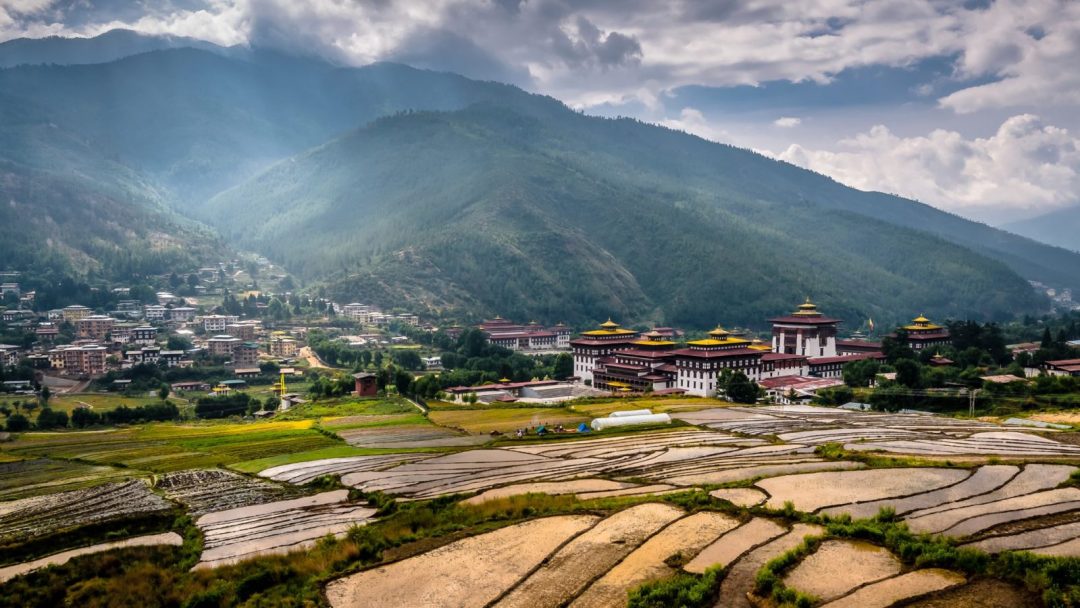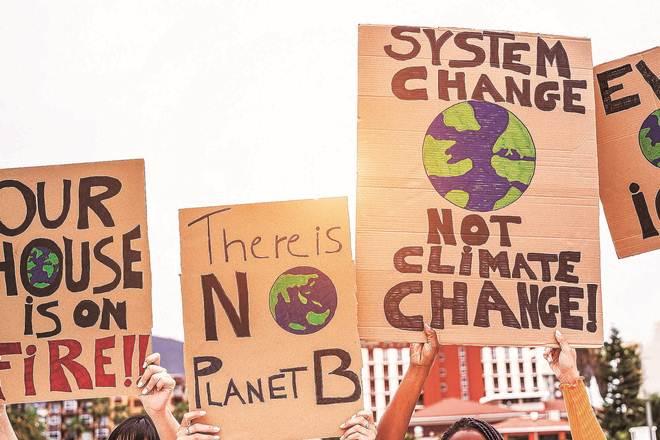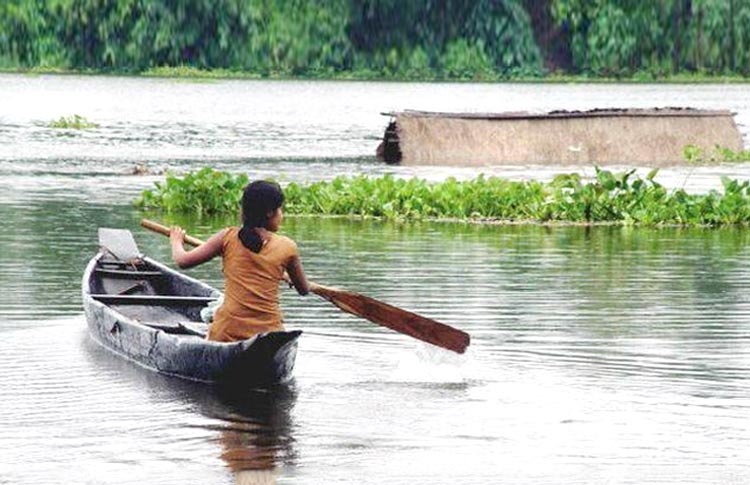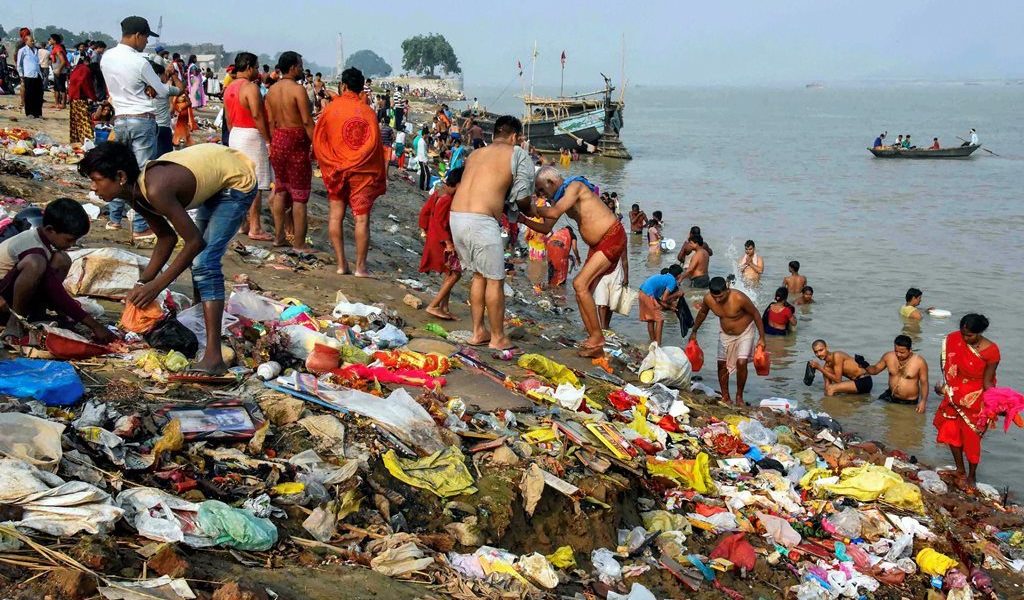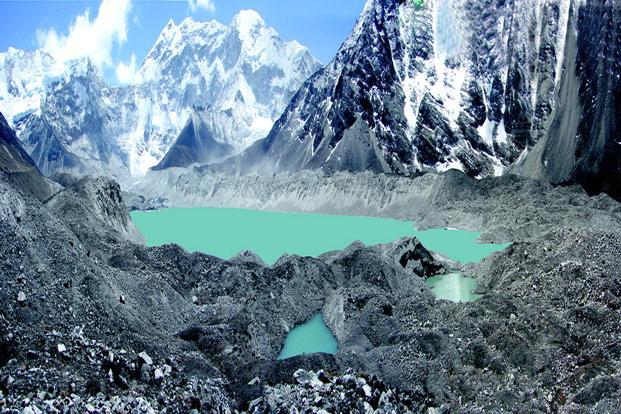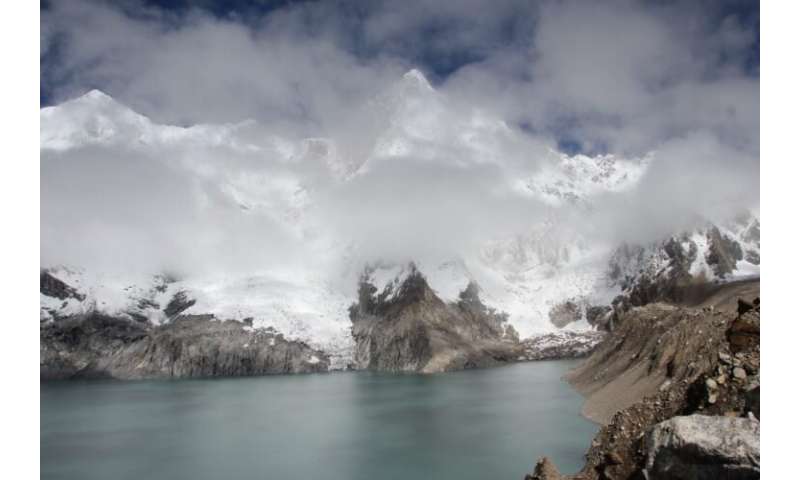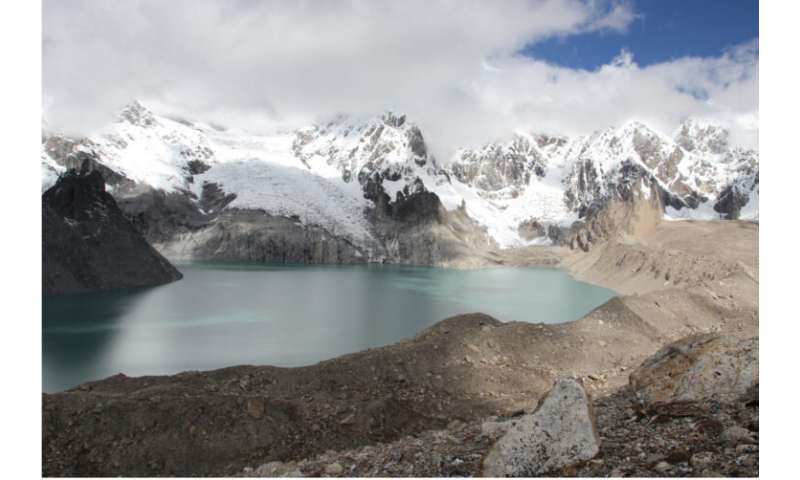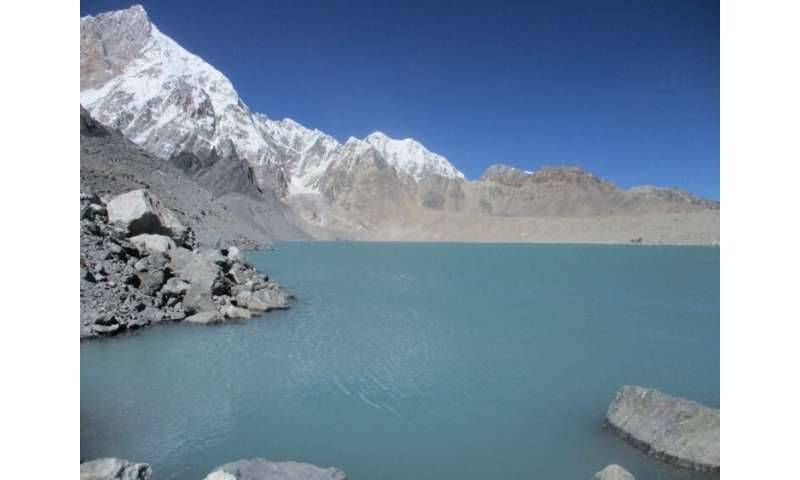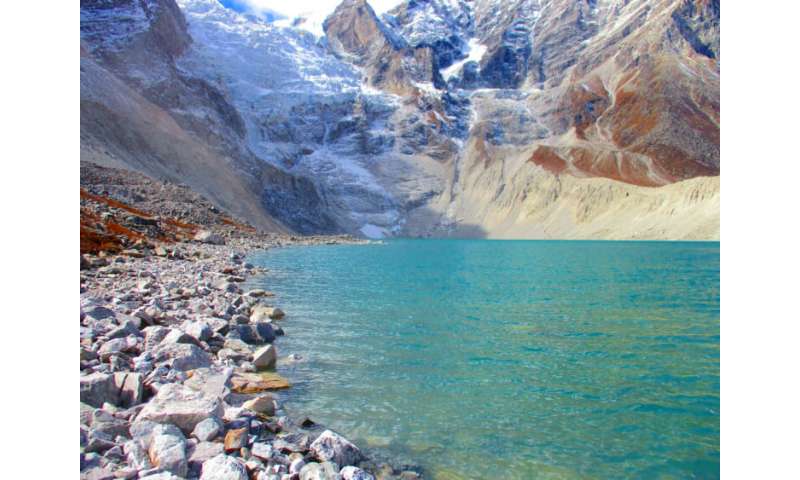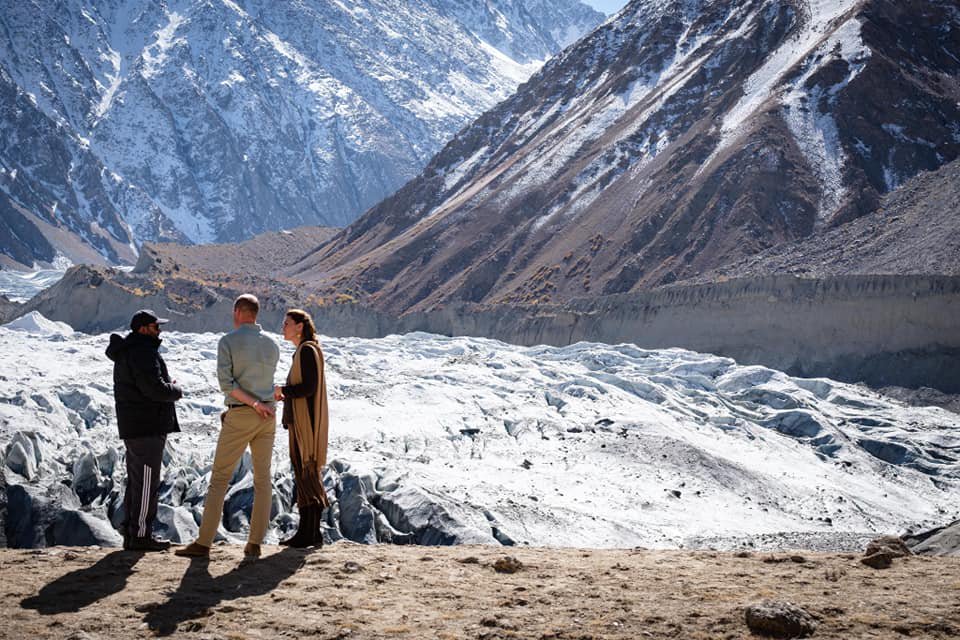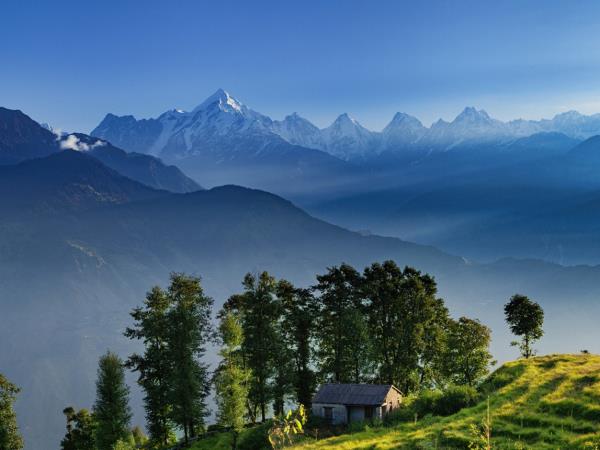The Kingdom of Bhutan has a strong approach towards environmental sustainability, but its fast growth is making this increasingly demanding.
Here are three climate risks for Bhutan that also offer opportunities for a green reset.
In many ways, Bhutan’s unique development approach and institutional structures support the country’s ambitious climate policy. Today, Bhutan claims to not only be carbon neutral, but carbon negative.
It has achieved these aims while adhering to its development policy of Gross National Happiness, which asserts that economic growth must be equitable and inclusive, that good governance is essential to make this a reality, and – most radically – that economic growth must be coupled with conservation of the environment.
Pro-climate policies are embedded even in Bhutan’s constitution, which mandates that 60% of its land must be under forest cover.
However, as one of the fastest-growing economies in South Asia and one set to become a middle-income country by 2023, Bhutan has also experienced amplified urbanization and consumption, along with growing alienation from nature.
This year, keeping the climate crisis on top of the country’s agenda has become even more demanding, as the COVID-19 pandemic challenges the country’s economic resilience.
In this article, we speak to three climate risks that are also green reset opportunities for Bhutan as it sets out on a path towards a sustainable economic recovery.
Of the approximately 3,000 lakes that exist in Bhutan, 24 may burst their banks sooner than expected due to the accelerated rate of melting glaciers causing glacial lake outburst floods (GLOF).
In a country in which the entire river system is fed by glaciers and where around 60% of the population rely on agriculture and more than 80% live along the river valleys, GLOFs can have devastating impact. Furthermore, GLOFs also put the country’s largest source of income – hydropower – at risk. The COVID-19 pandemic has propelled the conversation about data analytics to the top of the global agenda, which may be an impetus for countries to strengthen their technology and data policies and investments. For Bhutan, it may mean developing resources to enable the production of high-quality historical, as well as real time, climate data. This is vital because a lack of historical data on flood frequencies, for instance, has hindered the construction of cost-effective flood protection. The upfront investments required to modernize the country’s hydro-meteorological sector will be worthwhile, as the cost-benefit ratio in the long-term is favourable both monetarily and socio-economically.
Apart from the hydropower sector, which is directly vulnerable to GLOFs, every other top-earning sector in Bhutan, including agriculture and tourism, stands to benefit from high-quality data on climate conditions for planning and mitigation. Investment in capabilities to produce sophisticated climate data is an opportunity for Bhutan to supply a professional cadre of climate data service providers – including data scientists, AI experts, ICT technicians, early warning systems operators and policy specialists – who can monitor, assess, predict and communicate critical climate data not only in Bhutan, but in other countries where GLOFs are a threat. Furthermore, businesses, such as insurance companies, have expressed willingness to pay for such data to develop financial products to mitigate the damages caused by floods.
Healthy, energy-efficient housing must become the norm
With 50% of its population projected to live in urban areas by 2030, the built environment in Bhutan is growing proportionately. However, Bhutan’s modern construction norms are largely ill-suited for the local environment. Accounting for 42%, Bhutan’s built environment is the largest national consumer of energy. The lack of a market ecosystem for green construction, and a perception that green buildings are expensive, are stifling the credibility and growth of a green construction sector in the country.
The building sector presents a high-impact opportunity for climate change adaption, if done right. Energy-efficient buildings could save an estimated annual 300 million kWh in energy consumption every year. The construction sector is also beginning to converge on the agreement and alignment of the need to green the building sector. Consequently, there is a small but growing ecosystem of energy-efficient designers, contractors, vendors and maintenance businesses. This growth could be exponential if coupled with the right kind of incentives and enforcements; for example, the Government could invest in building energy-efficient public housing.
Increasing vehicle ownership equals higher emissions
The transport sector is a major consumer of fossil fuel in Bhutan, and accounts for 34.1% of the total energy consumed in the country. It is projected that if the status quo remains, vehicular greenhouse gas (GHG) emissions could triple by 2030. This is directly correlated to the annual 15% rise in vehicle ownership in Bhutan. In growing urban areas, particulate matter (PM) and nitrogen dioxide (NO2) pose a major public health concern. Since 2009, PM levels in Thimphu, Bhutan’s capital city, have consistently been higher than the standards set by the World Health Organization. For Bhutan to remain carbon negative or neutral for years to come, immediate measures must be taken to reset the current vehicular fossil fuel consumption and GHG emission levels.
It starts with improving the standards for fuel imported into the country from India,. Fortunately, it is projected that by 2021, India will reduce the amount of sulphur – a major pollutant – in its fuels, a move that could effectively reduce sulphur dioxide emissions by 95%.
Currently, the uptake of electric vehicles also remains low in Bhutan, despite having abundant hydroelectricity; price and a lack of infrastructure, such as charging stations and maintenance facilities, are both major factors here. Bhutan needs a concerted, low-carbon transportation strategy with a focus on accessible electric mobility of taxis, public buses, and urban freight vehicles.————–by Thinley Choden
Founding Curator and Curator, Thimphu Hub,
Namgay Choden
Impact Officer, Thimphu Hub,

